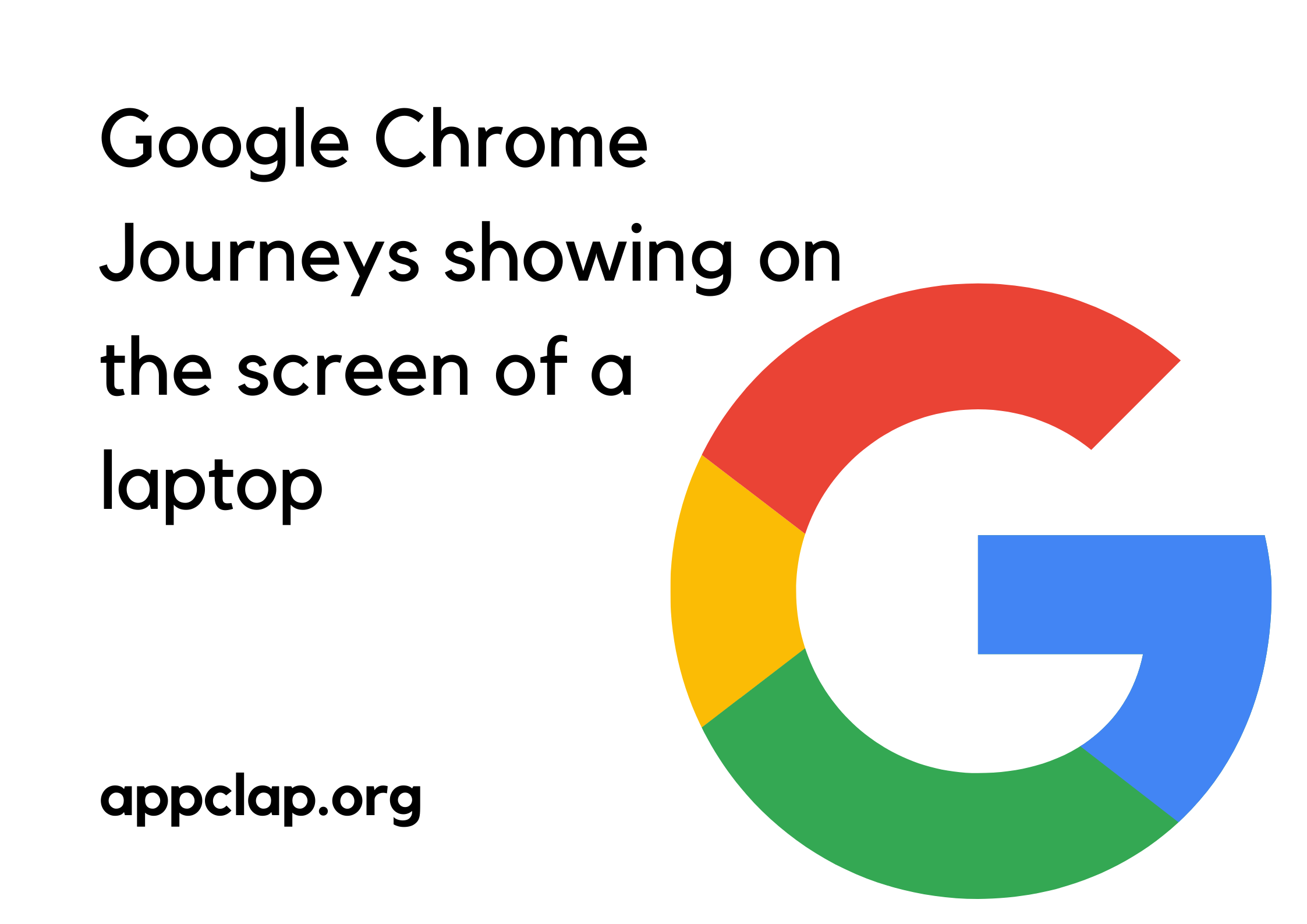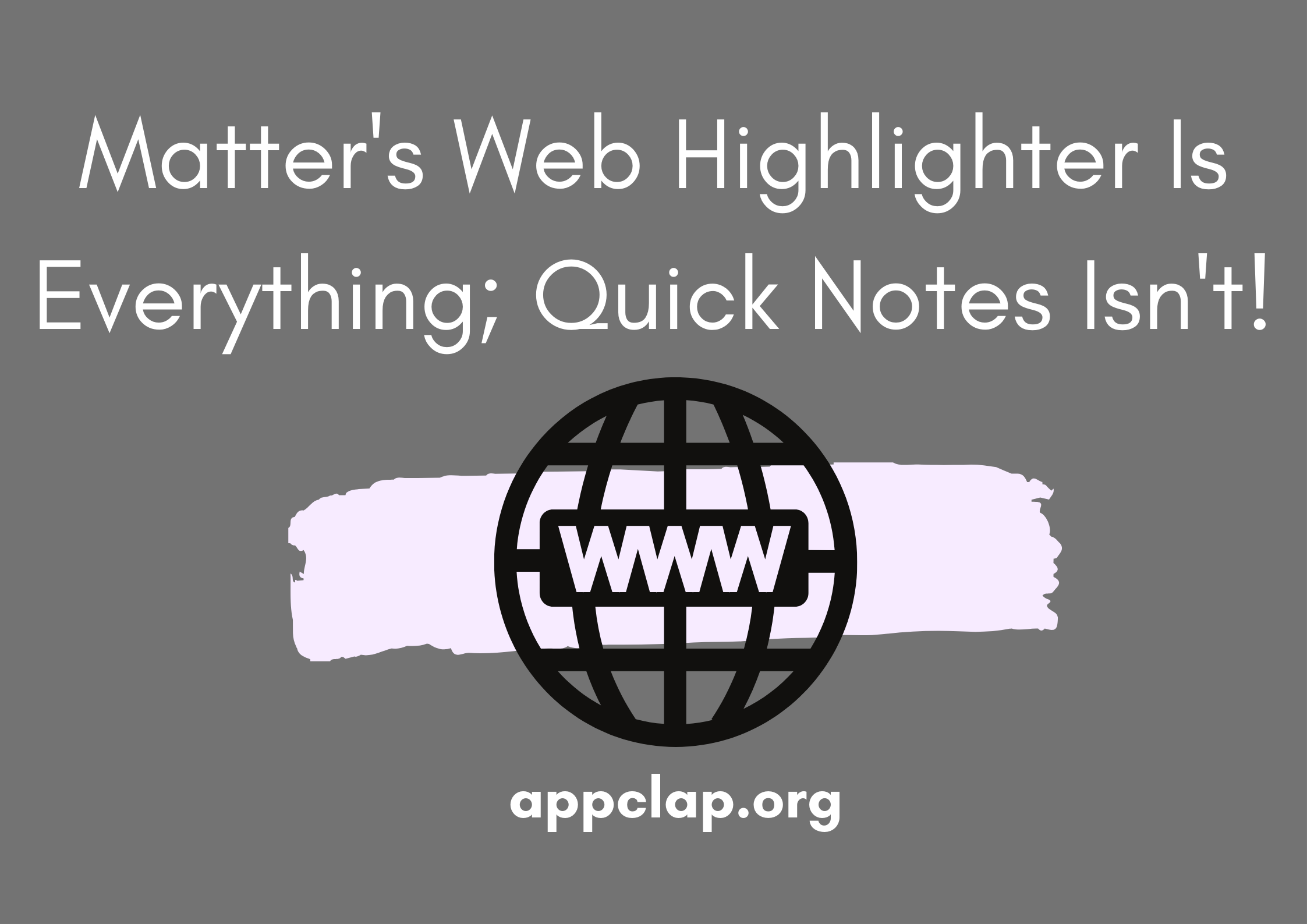Effective Instructional models of Hybrid schedule
Ever heard about the hybrid schedule? Is it necessary to have an effective instructional model hybrid schedule? How do you plan your class when students are permitted to come to school only a few times a week? That’s the question many teachers are encountering as they face the reality of a hybrid model where students follow school in individual two or three days a week and finish the rest of their time learning online. It can be a challenge to commit all students to the same classroom exercise when half are attending basically.
Combined learning describes an option to personalize learning and recycle instructional span in a hybrid schedule. Let us know about it in detail.
What is the hybrid model of instruction?
Hybrid instruction, or hybrid lectures, refer to courses where there is a carefully scheduled combination of both standard classroom instruction and online educational activities. In other words, hybrid classes converge the most suitable of both techniques of instruction.
Learners are capable of making a significant connection with their instructors, as well as other students, and yet they are no longer needed to travel to campus repeatedly to attend courses because the bulk of the coursework can be finished on the Internet.
In expansion to the prominent academic benefits, hybrid classes are also making it more comfortable for more individuals to get a grade education. That’s because hybrid schedules need only narrow on-campus attendance, which means these kinds of college schedules are now more obtainable to more people in more establishments.
What is the effective instructional models hybrid schedule?
The effective instructional models of hybrid schedule are discussed below:
Method 1: FLIPPED CLASSROOM
Many teachers are familiar with the flipped classroom—traditional video lessons are held for students at home, while class time is reserved for collaboration and application of what is learned. In a blended curriculum, flipped classrooms are a great way to keep the curriculum dynamic. Students watch lessons on remote days, then come in and apply their new knowledge in class.
As in class, short and straightforward mini-lessons are probably the most effective. Split longer content into shorter videos. Using a tool like Screencastify, you can quickly record audio while discussing your slides. Shy teachers can impress their students by using the tool to help them find important links and resources that are vital to the daily work of the classroom.
Video isn’t the only tool to transform the classroom. Try flipping text, images, or websites for students to study at home. Facilitate students to use a visual organizer or something equivalent to gather and synthesize data. Collecting information in a prominent place can help learners clarify knowledge and encounter it meaningfully. Asking learners to evaluate and analyze information, through an evaluative blog placement for example, before live teaching time can enhance concentration and help learners think critically about the material.
Utilize face-to-face class time for students to complete their first online modeling assignments. Practice social distancing and discuss their work with individual students. After six months of remote work, many students yearn for what English teacher Dave Stuart calls moments of real connection, little moments where teachers and students connect individually. Students need to be respected, seen, and heard. There is time to make more connections in the classroom by moving direct instruction to the internet.
Method 2: ROTATION MODELS
In traditional blended learning formats, students learn through a series of stops within the classroom, including small-group instruction and computer-based applications. These sites are spread out over several days in a mixed schedule.
Catlin Tucker Advice Stations can take many forms, including group lessons, shared challenges, or other group work activities. After checking comprehension, create review stations for students struggling with a particular concept, while other students work on enrichment or extension assignments. Set aside some time during attendance to discuss with students their work from home.
It might take some practice to imagine what this would look like on a mixed schedule. Consider reducing the total number of sites or splitting sites between online and in-person. At school, students alternate between teacher-led and group stations; at home, students work via individual materials at one place and videoconference with their coequals in another.
Or, use a collaboration station in the classroom to save remote time for individual practice. Older students can use tools like Jamboard or Padlet to contribute to collaborative products – both in the classroom and at home.
The personal rotation model provides personalization by allowing students to alternate between group work at school and online learning at home. Students learn through digital courses, following a skills development path that suits their individual needs. For example, teachers can assign students a specific set of online math or literacy tasks to complete at home.
Although the learning sequence follows the classroom curriculum, students can learn at their own pace and needs. In the classroom, students apply what they have learned through joint projects or other assignments. As with other strategies, take the time to discuss their learning with individual students, hold them accountable, and discuss the next steps.
Wrapping up the context
In the ending line, it is stated that hybrid classes converge the most suitable of both techniques of instruction. Learners are capable of making a significant connection with their instructors, as well as other students, and yet they are no longer needed to travel to campus repeatedly to attend courses because the bulk of the coursework can be finished on the Internet. I hope it will be helpful to you all.


